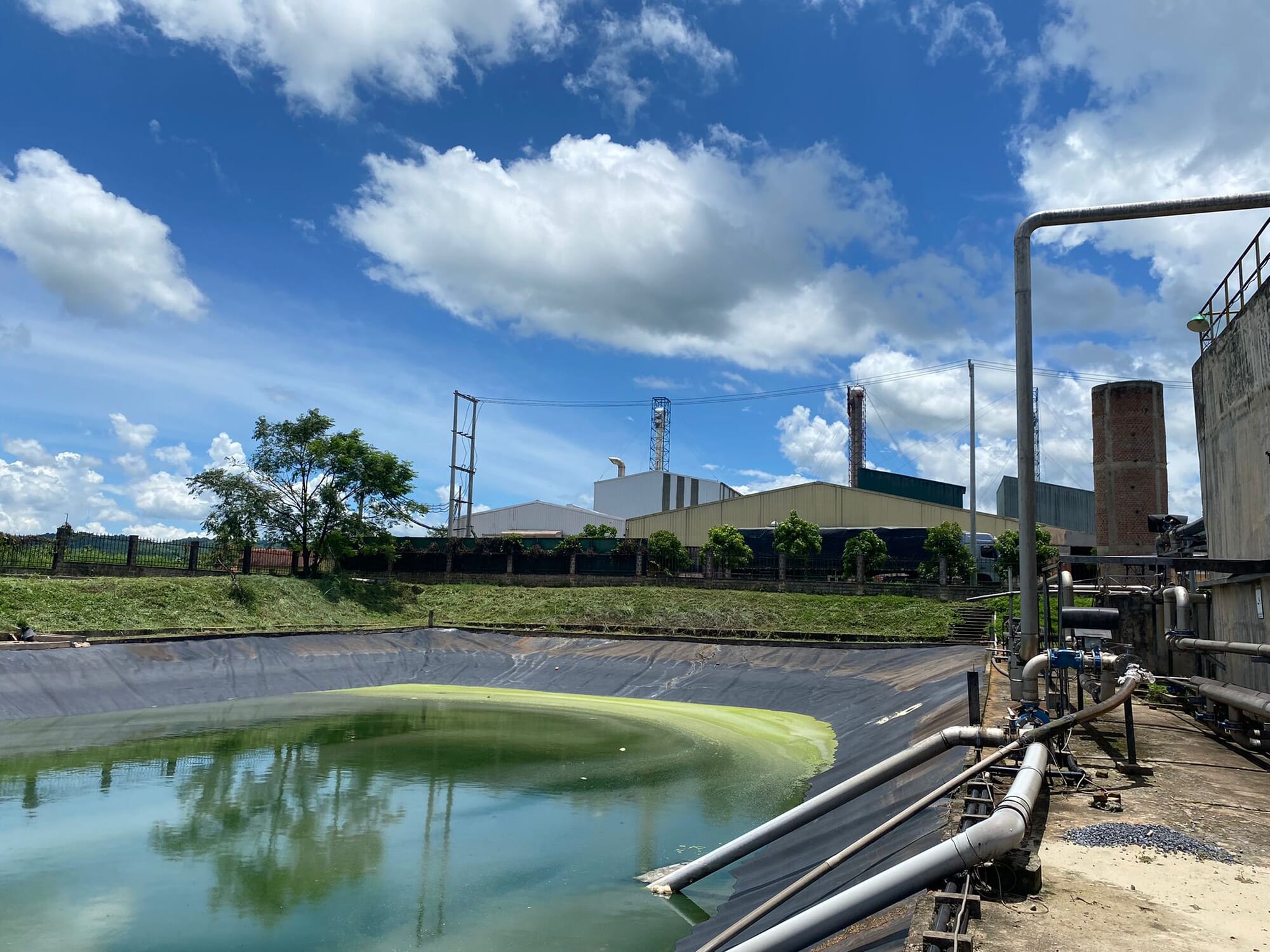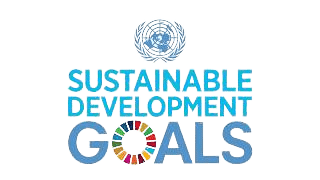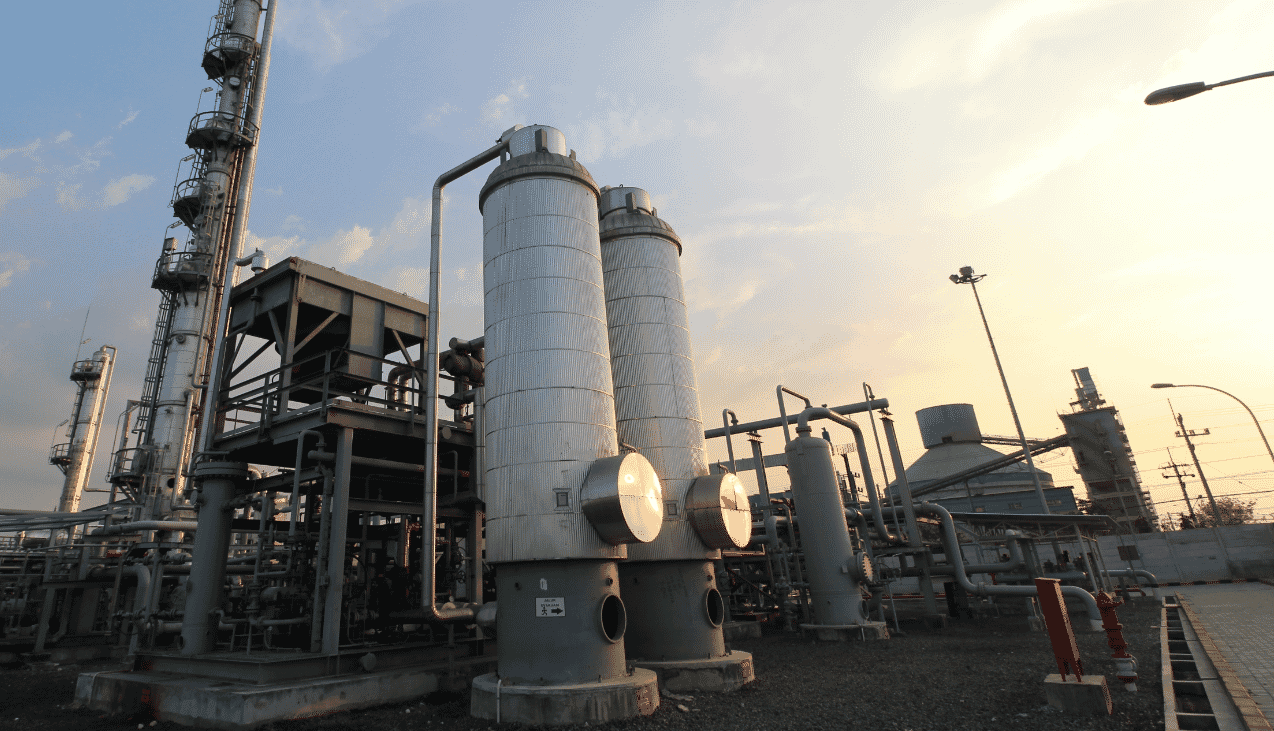The project activities involve the implementation of a two-stage wastewater treatment system. The first stage of the treatment recovers methane caused by the decay of biogenic matter in the effluent stream by introducing a sequential stage of wastewater treatment with methane recovery. By extracting the biogas, the project activity reduces methane emissions that would have otherwise been emitted. The second stage utilizes the biogas generated by the first stage to provide a reliable and low-cost energy source to operate the starch factory, replacing the use of intensive fossil fuels such as coal.
The projects prevent an estimated 60,000 tCO₂ each per year from being emitted into the atmosphere, thereby preventing pollution in water sources, improving air quality, reducing odour, recovering energy and protecting the environment.








